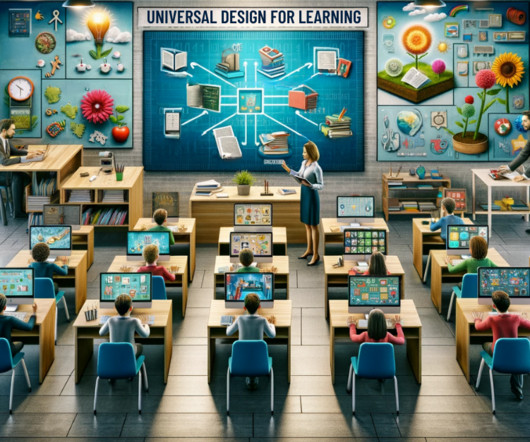Organizational learning theories
Connecting 2 the World
JULY 28, 2011
The first is based on the idea of organizational knowledge management in which knowledge is codified into information which the organization and individuals can access, monitor, acquire, and store (Allee, 1997; Contu & Willmott, 2003; Raelin, 2008). Perspective, meaning, and the form that communication takes are dictated by culture.














Let's personalize your content